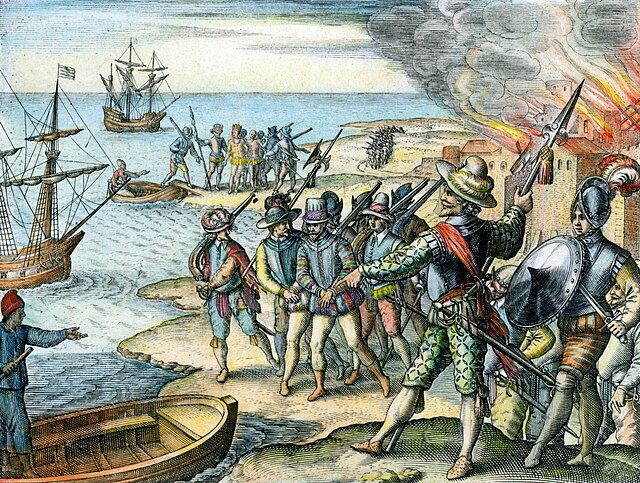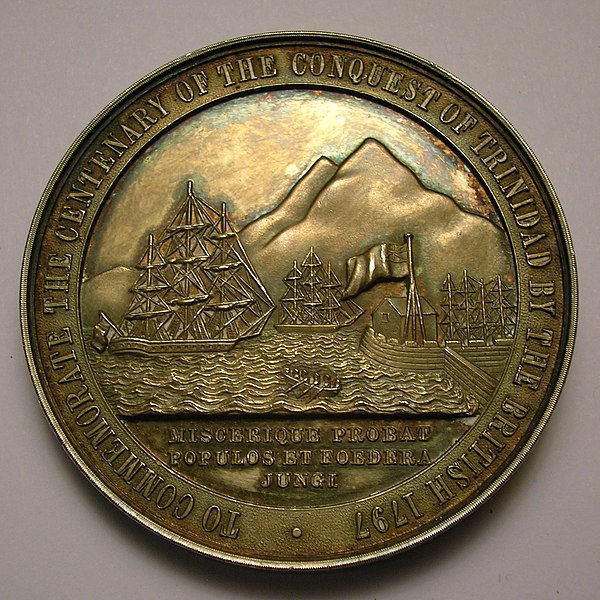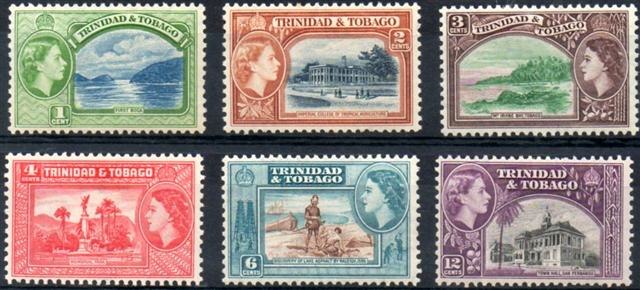The Nariva Swamp is the largest freshwater wetland in Trinidad and Tobago and has been designated a Wetland of International Importance under the Ramsar Convention. The swamp is located on the east coast of Trinidad, immediately inland from the Manzanilla Bay through Biche and covers over 60 square kilometres (23 mi2). The Nariva Swamp is extremely biodiverse.
It is home to 45 mammal species, 39 reptile species, 33 fish species, 204 bird species, 19 frog species, 213 insect species and 15 mollusc species. All this contained in just 60 square kilometers.
The Nariva Swamp on the mouth of the Ortoire River in Trinidad.
Virus Laboratory Field Assistant, Nariva Swamp, Trinidad. 1959
Trinidad and Tobago, officially the Republic of Trinidad and Tobago, is the southernmost island country in the Caribbean. Consisting of the main islands Trinidad and Tobago and numerous much smaller islands, it is situated 11 kilometres off the coast of northeastern Venezuela and 130 kilometres south of Grenada. It shares maritime boundaries with Barbados to the east, Grenada to the northwest and Venezuela to the south and west. Trinidad and Tobago is generally considered to be part of the West Indies. The island country's capital is Port of Spain, while its largest and most populous municipality is Chaguanas.
Sir Walter Raleigh raiding Spanish settlement in Trinidad in 1595
A medallion showing the capture of Trinidad and Tobago by the British in 1797.
Newly arrived indentured Indian labourers in Trinidad and Tobago.
The Queen on 1953 stamps of Trinidad and Tobago






